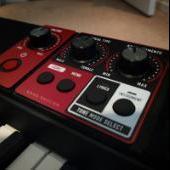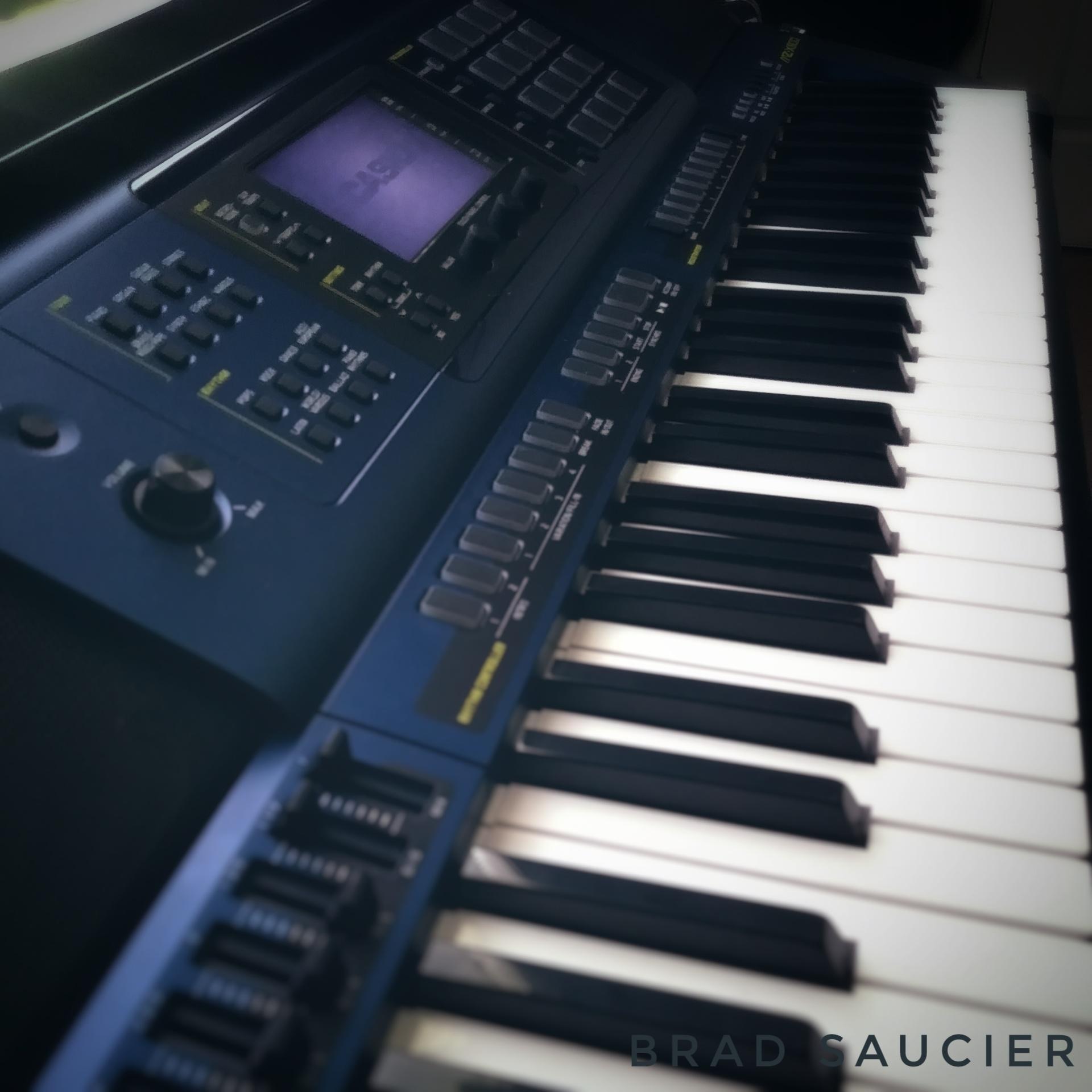-
Posts
8,730 -
Joined
-
Last visited
Content Type
Profiles
Forums
Downloads
Everything posted by Brad Saucier
-

AP-650 key stuck up
Brad Saucier replied to vivien's topic in Celviano AP-x50, x60 / Privia PX-x50, x60 series
Update Note: Do not try this if you think it may break. Some users reported breaking the key trying this. I tried looking for the post but couldn't find it, where someone was able to hold down the rear portion of the key firmly while doing something with the front part. I'm not sure exactly how it went, but they did reset the key without disassembly. -
Hi Steve. Welcome to the forums. Unfortunately SP-34 is not compatible with the PX-560. The connection is different. SP-34 is designed for the PX-S and CDP-S model series digital pianos. SP-33 is the correct model for the PX-560 and does offer half damper operation.
-

Static sounds and blinking red light from my CDPS150
Brad Saucier replied to Zha's topic in Casio CDP Series
I would contact the store you purchased it from and explain what is happening. They may offer assistance since your purchase was about 2 weeks ago. -

Static sounds and blinking red light from my CDPS150
Brad Saucier replied to Zha's topic in Casio CDP Series
Are you using batteries or the power adapter? Does it change if you switch to a different power source? Fresh batteries? -
You could detune upper 2 and save it as a registration.
-
Looks great! I like the style, white table, clean layout, camera views, looks like a TV ad for it. Nice editing. Carry on sir. 😁
-
You should be able to put a piano tone in upper 1, then go to mixer port A and turn off parts 11, 12, 13, and 14. Press the red part number buttons to turn them off. You should then be left with the piano sound in upper 1 and no other sounds while also showing chords on the main screen with accompaniment ON and full range chord selected.
-

Recording audio on lks250
Brad Saucier replied to Montanawildlives's topic in General CTK / WK / LK Discussion
You'll need an external device to record with the LK-S250. -

Casio Wk 1630 convert or add flopy drive
Brad Saucier replied to duckland23's topic in Other CTK/WK Models
The operating system on the WK-1630 is not designed to function with a floppy drive, even if the hardware is there. -
I would contact a repair shop near you and ask them if they can perform warranty work for Casio. You may get lucky.
-
I don't know of any specific tutorials on it, but I'm sure YouTube will have some. Once you have everything recorded in Cakewalk, it's easy to adjust track clips so they're in time with one another, so I wouldn't worry about that too much.
-

Casio PX-S street piano on youtube...And a Privia!
Brad Saucier replied to Trooplewis's topic in Privia PX-S Series
Looks like a first generation Privia. -
I'm not sure I understand the question. Are you asking to transpose the keyboard?
-

PEDAL DE EXPRESSÃO NO CASIO PRÍVIA PX5S
Brad Saucier replied to jonasolli's topic in Privia Pro PX-5S
PX-5S does not have an expression pedal jack. The two pedal jacks are for standard switch type pedals. A standard switch pedal can be used to trigger a programmed expression envelope. -
Any virtual instrument VST sound is generated by your computer. You'll need to combine that audio with your CTX audio. You can do that any number of ways, but I would simply use Cakewalk to record everything as audio tracks.
-
Your sequencer drum track in Cakewalk will need to output to the virtual instrument , not the CTX.
-
Can you clarify what you are doing? Are you editing a MIDI file? Or playing your keyboard live?
-
You can use DAW software with a sampling virtual instrument. I've used one included with Cakewalk called DropZone. It takes a little to learn programming it, but it works well.
-
I would break them up into a series. YouTube viewers seem to prefer videos that are short and sweet.
-

EX Tones in "Others" Category
Brad Saucier replied to Disenchanted_11's topic in CT-X3000 / CT-X5000
Examination mode, which is designed for use in schools for teaching music. I don't know any details, but there is a section in the manual that describes what examination mode changes.- 1 reply
-
- 1
-

-
It's probably the audio driver. Try using an ASIO driver. Asio4All is free and usually cures the issue.
-
The basics are this. Upon playback of your recording, each track (each channel) in your recording will need to send bank and program change commands to the CTX in order to hear the desired tones. That is done from the DAW software itself. I don't know the details on the software you're using, but it should offer the ability to do that in some fashion. You'll probably want to research Auria instructions for that. If it allows you to manually enter that information, the CTX appendix has a chart of tones that lists the bank and program change data needed. Casio provides a few patch scripts for several popular DAWs that makes the process a little easier, unfortunately Auria is not one of them. Now, I can offer a suggestion that may or may not work. This could be easier than the manual method. The CTX will send bank and program change information to your DAW through channel 1 whenever you select a tone for U1. Rather than selecting a tone for U1 before you start recording, start your recording, then select the tone. The software may record the bank and program information sent by the CTX. Repeat that for each track in your recording. Playback should send all of that back to the CTX and select the desired tones for each part.
-

I've Written A Patch Editor For the CZs and CT6500
Brad Saucier replied to IanB's topic in Classic Casio Discussion
RFeria hasn't visited the forums since posting the question.


